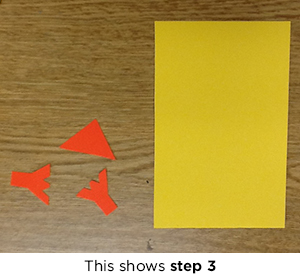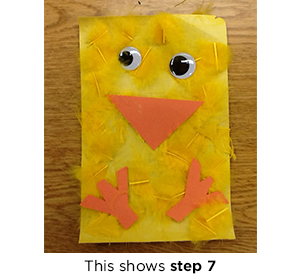Lifelong STEM Intelligence, Knowledge, and Capability
1. STEM thinking begins in infancy. STEM thinking starts in infancy. Even before a child’s first birthday, he/she is capable of making inferences, drawing conclusions about cause and effect, and reasoning about the probability of events.
2. To become strong STEM thinkers, children need more play. Guided play, where adults follow the child’s lead and shape the learning experience through thoughtful questions and interaction, has been shown to be particularly effective for teaching STEM content. STEM education should include robust, frequent, and varied opportunities for play through the third grade.
3. STEM amplifies language development; language enables STEM thinking. As children engage in STEM experiences, they hear and practice new words. Growing vocabularies allow children to make sense of increasingly complex ideas and phenomena, and early exposure to vocabulary used for concepts can support children later on to master higher order thinking.
4. Active, self-directed learning builds STEM skills and interest. Hands-on STEM learning is not only more fun, it is also more effective at helping children make sense of information that is complex or abstract.
5. Mindset matters to STEM success. Adults need to support children, particularly girls and children of color, to develop a growth mindset with the STEM disciplines.
6. Children’s abstract thinking potential can be unlocked through both adult support and executive function skill development. By focusing on children’s STEM learning during the preschool and earlier elementary years, we can prepare them with the underlying dispositions for STEM thinking, equip them to meet school-based outcomes, and ready them for success in a STEM-rich economy and world.
STEM


















